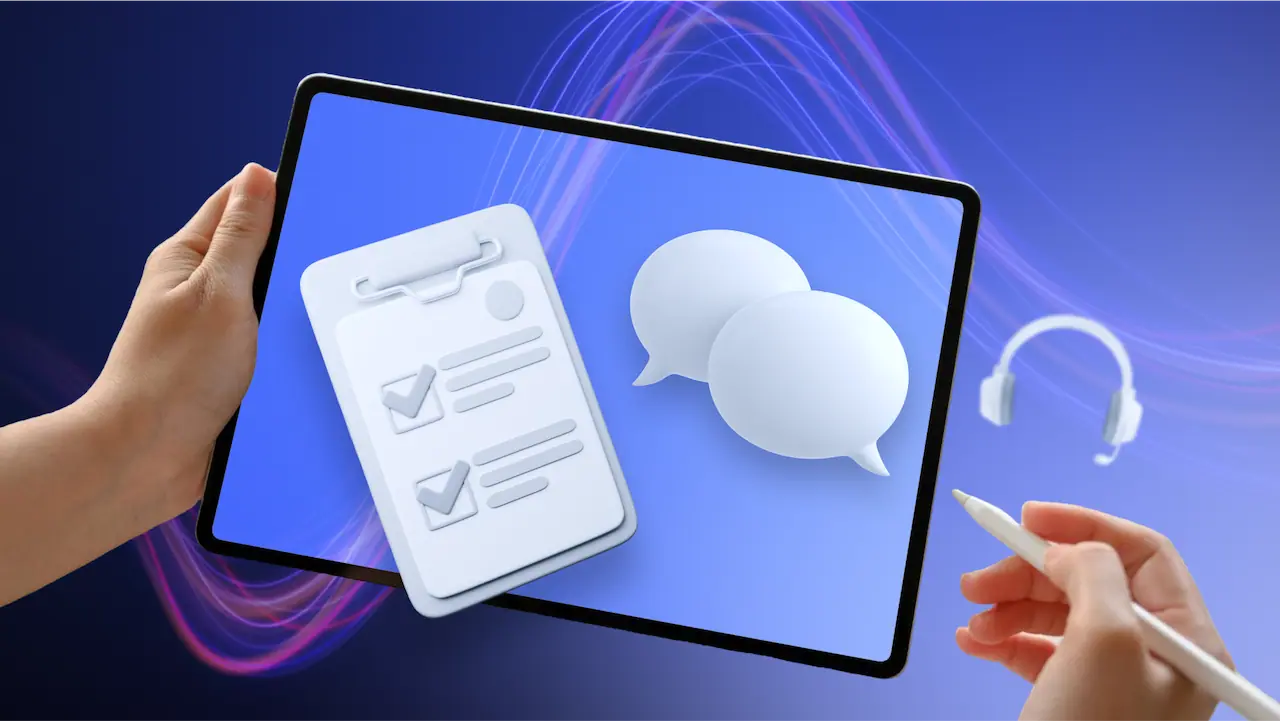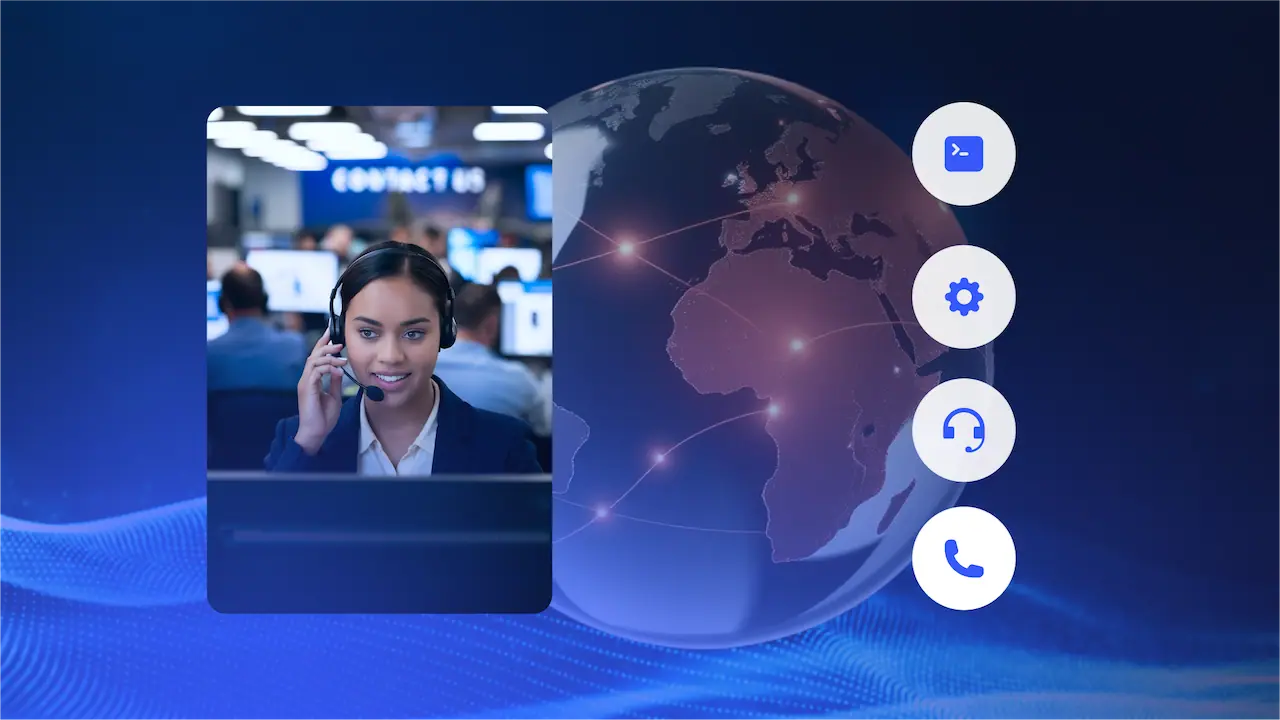Here are the latest insights from customer service consultant and bestselling author Micah Solomon
Today’s customers insist on the ability to interact with companies via a variety of channels — telephone, SMS, live chat, video chat, and good old email. But while smart businesses have learned to fulfill these channel demands, they sometimes fail to pay enough attention to the backbone of all communication: language.
In customer service delivery, language is far from a trivial matter. It’s not “just” words. Your choice of words and phrases can drive—or completely sabotage—your ability to make a successful connection with your customers.
Odds are, your company’s language choices could use some improvement and some guardrails. So an important step for any business is to build a language phrasebook (or “lexicon”) that spells out the words and phrases likely to connect with customers and put them at ease, and discourages those that are likely to set a customer on edge.
Follow this checklist: Avoid – Achieve – Align
In building your phrasebook, I suggest you use this very simple checklist — avoid, achieve, align — as an informal and easy to apply “language screening tool.”
Any questionable phrase — i.e., any phrase or question that sounds a little off to you when you’ve heard it used — is a candidate to put through this screener:
- Does it avoid these negatives? Watch out for any words or phrases that would make a customer bristle, feel undermined, question your trustworthiness, or feel that they don’t speak your insider language.
- Does it achieve these goals? Your phrasing should express empathy, build comfort, let a customer know you have their back/that you’re listening/that you’re not judging, and so forth.
- Does it align with your brand style? Your words and phrases should align with the appropriate (and, ideally, delightful and unique) service style of your particular brand.
Here are some phrases that should fail your screening:
1. “I’m not going to argue with you”:
Avoid telling a customer “I’m not going to argue with you,” when a conversation starts to heat up on their end. This phrase fails to avoid a key negative because it literally brings up the concept of argument!
2. “Like I said,” “again,” or “per my previous email”:
Avoid using the phrase “Like I said,” or “Again,” or “per my previous email” when a customer has forgotten or failed to understand instructions or information you’ve given them already. This phrase fails to achieve the comfortable verbal environment we want to be providing to our customers. Instead of “concentration-shaming” your customer with one of these phrases, just take a breath and then repeat yourself! (And perhaps use different, easier-to-follow language the second time around.)
3. “To be honest with you,” “to be perfectly candid,” or “full disclosure”
You probably don’t mean anything by it when you preface your words with a disclaimer like, “To be honest with you,” or “to be perfectly candid” or “full disclosure.” Still, I’d propose that these phrases fail to align with an optimal service style because: what are they supposed to imagine you were doing before you became all “honest” or “candid”: lying through your teeth?
Ready for the next step? Check out these phrases you should absolutely never use.
P.S. For another useful resource, feel free to help yourself to Nextiva’s free customer support email templates.





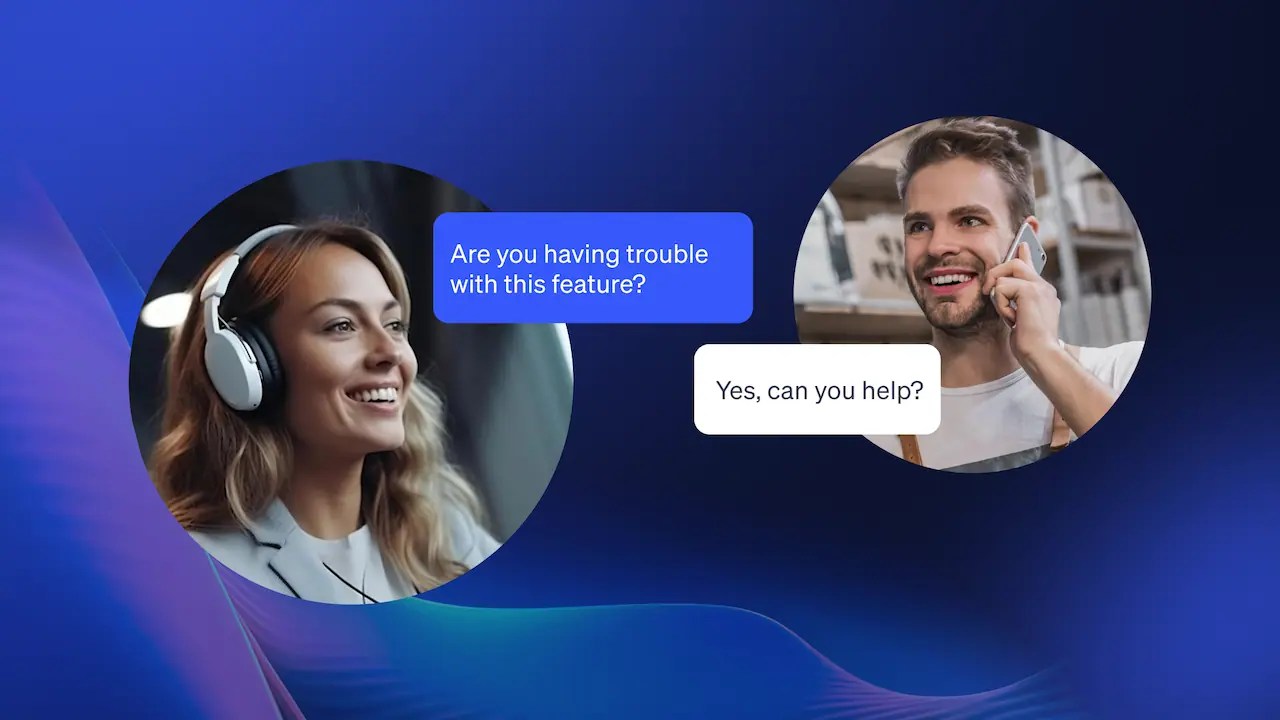
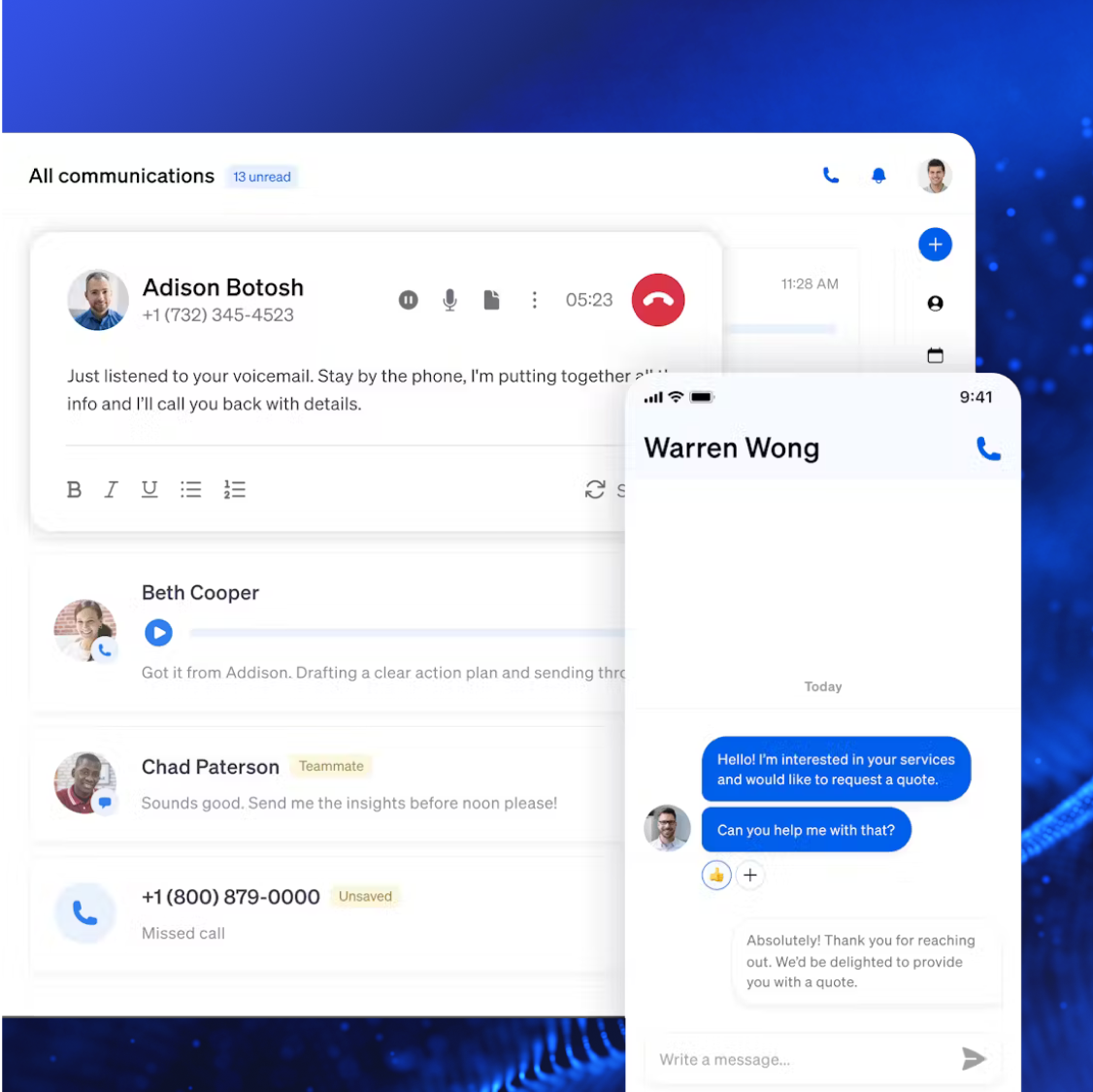
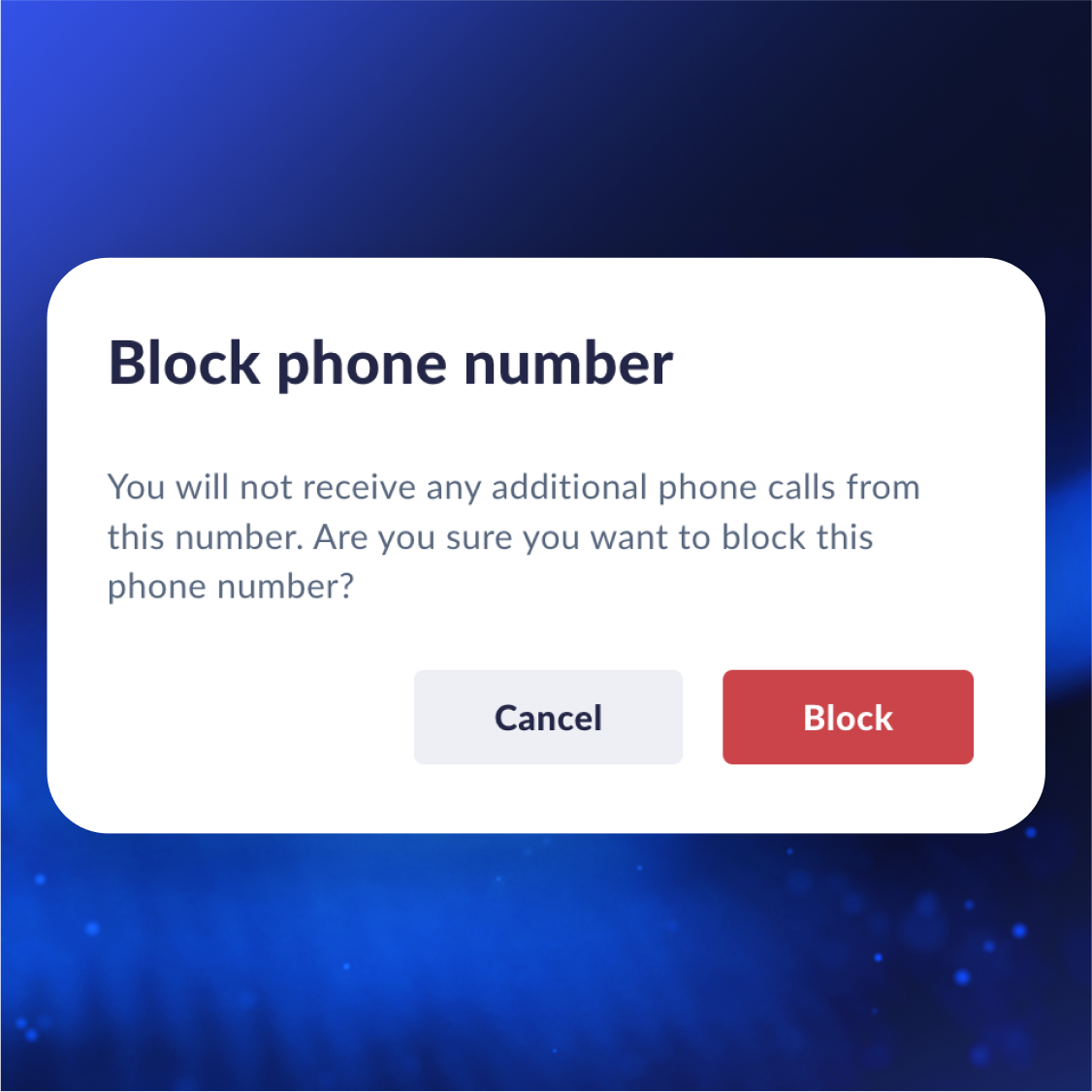
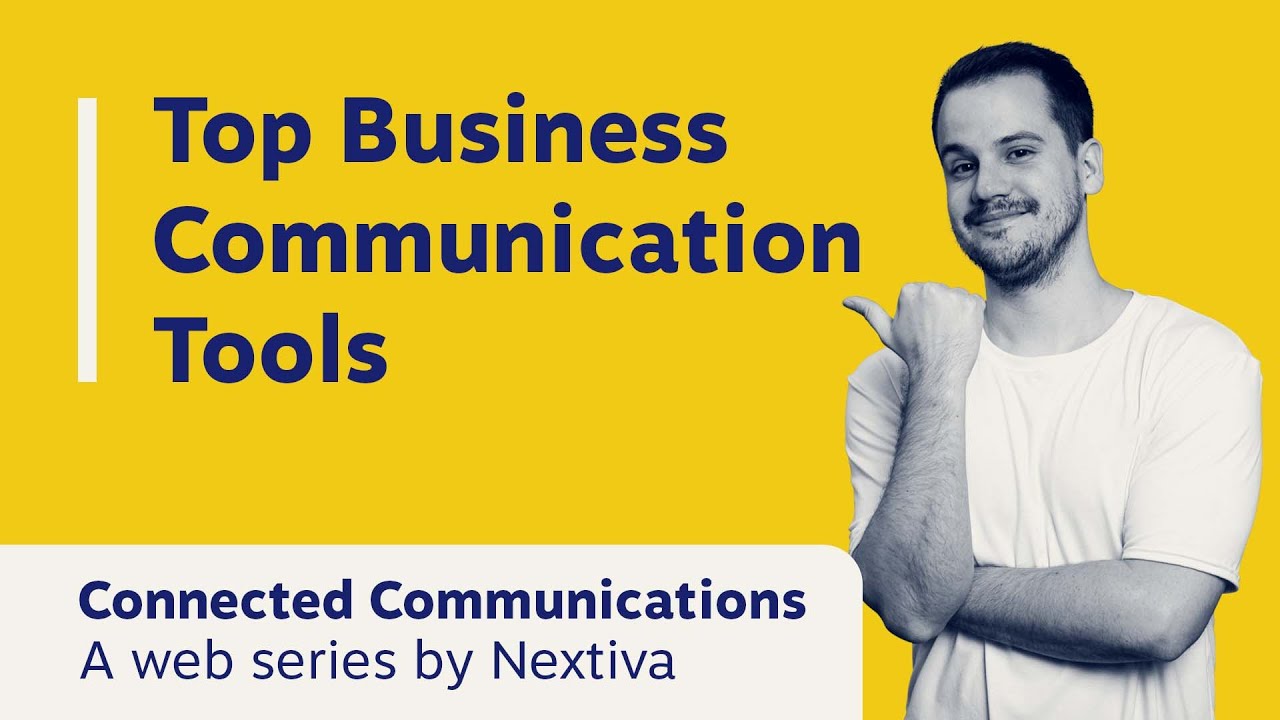






 Customer Experience
Customer Experience 






